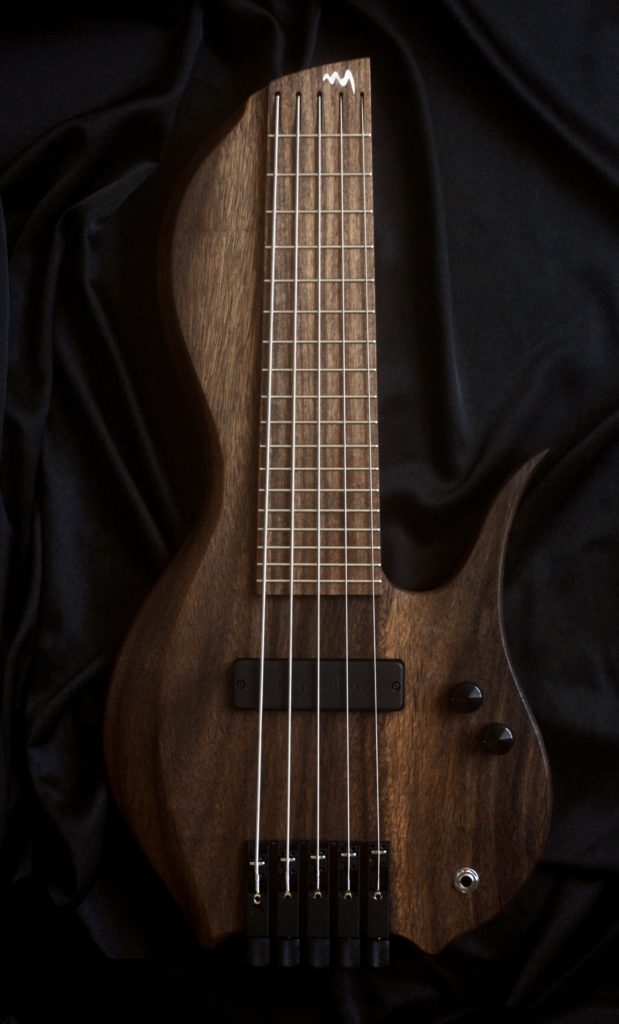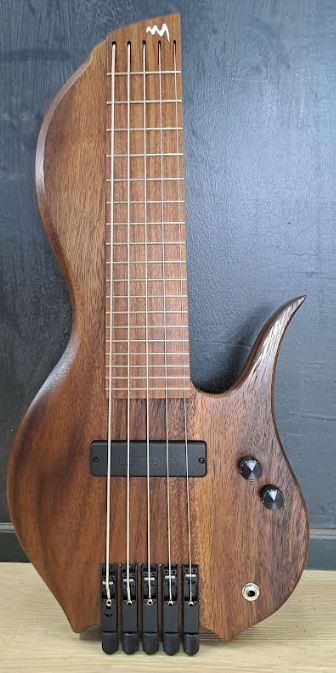You know how music fans are sometimes disappointed in a favorite band’s new album because it’s a creative departure from their previous ones? Sometimes you never really get over that, and sometimes you come to appreciate their newer stuff almost as if they’re a different group. But either way you should at least respect that musicians don’t necessarily want to — and in fact, probably can’t — keep doing the same thing forever.
It’s like that with books to. It is very much like that with Tamsyn Muir’s The Locked Tomb series.
Spoilers ahead….
Gideon the Ninth had a snarky protagonist who was easy to like, or at least to laugh with, some great dynamics with other characters, a dark and intriguing setting where you could feel the weight and dust of history, and both magical mysteries and murder mysteries to unravel. Not everyone loved it, but it sold a ton and won piles of awards and will be on my top ten list forever.
The sequel, Harrow the Ninth, barely included Gideon, instead focusing on her partner/frenemy Harrowhark, who is not so charismatic. Her memory has been tinkered with (mainly to erase Gideon!), she’s not entirely sane, she’s being kept in the dark about a lot of things, there’s an imminent threat that’s way out of her league, and there are conspiracies afoot. It’s confusing as hell — it’s probably more confusing in some ways to people who have read the first book. The people around her are mostly awful and manipulative or outright murderous. But it’s still intriguing, a very different read from the first book but enjoyable in its own way.
The new third book, Nona the Ninth, is different again — though it also features a protagonist with memory/identity issues who’s being kept in the dark about almost everything, there’s an imminent threat way out of her league, and conspiracies afoot. Where Harrow carried guilt and responsibility though, Nona is an innocent, and the people around her are fascinating. It’s hard for either her or the reader to tell who might be a villain, or against “the good guys” even if not villainous — but she loves and/or admires almost everyone anyway — pretty much right through the entire book. I read a review that said it’s a book where we’re waiting for things to happen, but… believe me, things do happen. I think I like this one more than the second book, but I can’t recommend it to anyone who hasn’t read the others because you will be hopelessly lost.
Nona came as a surprise (apparently to the author’s agent and editor as well as fans) because the third book was originally going to be Alecto the Ninth. Instead, we got an extended story of the freeing of Alecto, more about the Blood of Eden group, and the flashback story of how The Emperor Undying got his start. And you know, I think there are plenty of stories in this universe, we don’t have to go back and revisit the first episode. Sure I loved the first book, but that story has been told — if I want more of it I can read it again. Let’s not get too Star Wars with sequels and prequels rehashing the same plot points, shall we?
We did get a bit of Gideon snark in the second and third books — in a series about necromancy, you shouldn’t be surprised when dead people show up and insult everyone — and I’m okay with that. Nona was a neat character and I enjoyed reading her story. So there.







